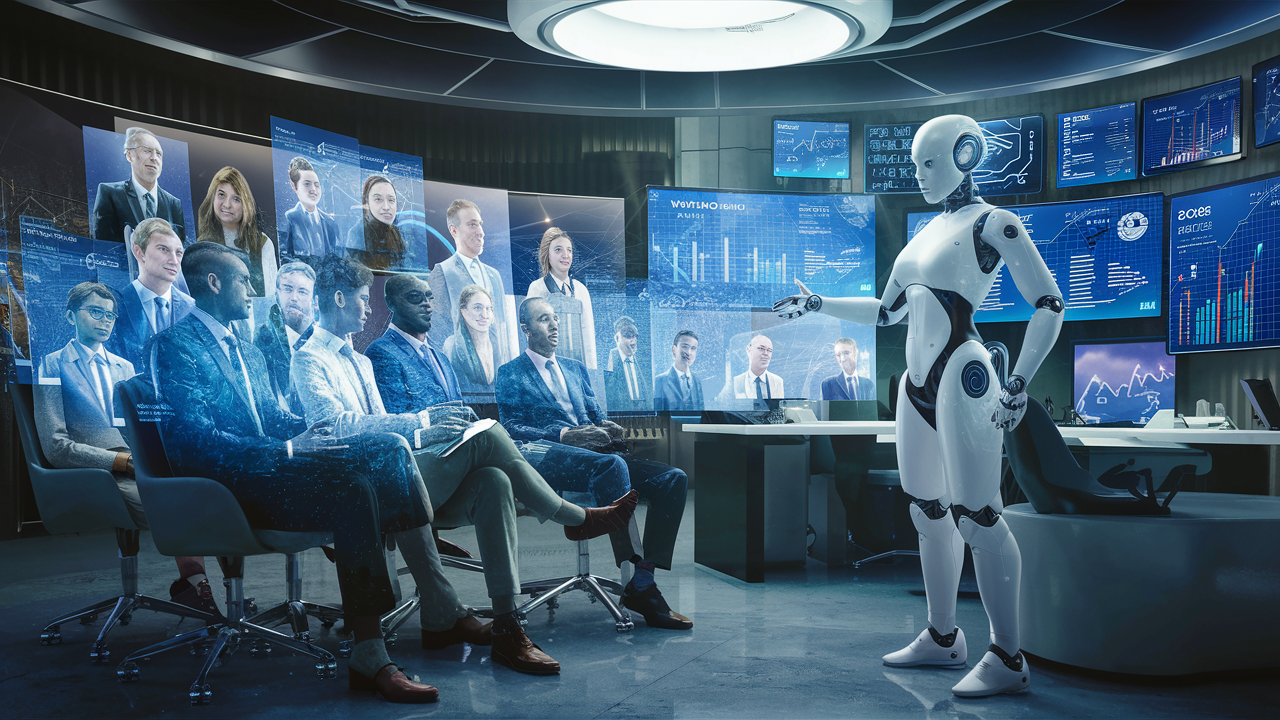Shall we start with the shock statistic:
…up to 8 million jobs could be lost to Artificial Intelligence (AI), disproportionately affecting entry-level, part-time, and female workers.
Institute for Public Policy Research (IPPR)
So we hear a great deal about AI leading to job loses. In the first wave of AI (automation), AI streamlines and expedites work processes. This is primarily a threat to “back-office” and “entry-level” roles. AI will disrupt the workplace, however rather than erasing the starting line, AI moves it down the track.
The second wave of AI (augmentation) is perhaps more exciting (reasoning, understanding context, learning). It involves AI algorithms analysing large datasets to uncover patterns or trends, offering insights and predictions, that may not be apparent to human analysts.
Organisations be warned, without access to foundational roles, how does a “workforce” gain the experience and build the expertise required to advance their careers and be available for wave 2? How does one climb a ladder when the first four rungs are missing?
Responsible AI in Recruitment
The Department for Science, Innovation and Technology has highlighted the waves landing on the beach of recruitment. From sourcing to interviews, even decision making, numerous AI tools are already available. Let’s not forget, AI tools are also available to candidates too.
| People Management | Description | Risks |
|---|---|---|
| Job Description | Construct, manage, and store job description information. Matching candidates to roles. Text analysers, keyword optimisation, and regulation compliance. | Use of non-specialised language, lacking legal compliance. |
| Targeted Advertising | Targeting candidates, candidate profiling and broaden talent pools. | Profiling based on protected characteristics may perpetuate biases. |
| Recruiting Chatbots | Engage with candidates to guide them through the recruitment process. | Distancing the candidate. Non-specialised chatbots may provide inappropriate or illegal information. |
| Headhunting Software | Assists in searching for candidates through keyword or complex identification methods. | Risk of amplifying biases if pre-conceived notions of ideal candidates are present. |
| Screening Tools | Automated tools to sift and rank candidates’ applications and CVs. | Inherited biases from historical data or irrelevant criteria may impact outcomes. |
| CV Matching | Extracts key data from CVs to find semantic similarities. | Risks perpetuating existing biases, particularly in less diverse sectors. |
| Psychometric Tests | AI-powered tests to measure cognitive skills and personality traits. | Lack of scientific validity and reliability may lead to arbitrary recommendations. |
| Facial Recognition | Uses voice and image recognition to detect emotions and desirable qualities during interviews. | I would need to investigate this further – however, there is little consensus on emotion detection validity. |
| Asynchronous Video | Applicants submit video answers to predetermined questions. | Risk of discriminatory outcomes based on eye detection, cultural norms or distractions. |
| Transcription Tools | Translate voice recordings into text. | Bias against regional or non-native English speakers. |
To conclude, it is worth digesting the governments recent advice that carefully balances the benefits of “automation and simplification” and “greater efficiency, scalability, and consistency,” with cautious recognition of the “novel risks,” including “perpetuating existing biases, digital exclusion, and discriminatory job advertising and targeting.” Either way, People Management and recruitment is in the process of being disrupted. Not only for the People Management teams but for the candidates as well.
How Generative AI could affect work in the UK – and how to manage it
Department for Science, Innovation and Technology: Responsible AI in Recruitment



